All about printers

What are printers, how to choose and print documents on them - such questions are often asked by people when they first come across office equipment. Moreover, this equipment has options with different characteristics and purposes: from the most primitive to multifunctional, capable of creating colorful photos, connecting to a phone and tablet PC. To find the best solution, it is worth examining the types and types of printers for printing, recommendations for handling them in more detail.
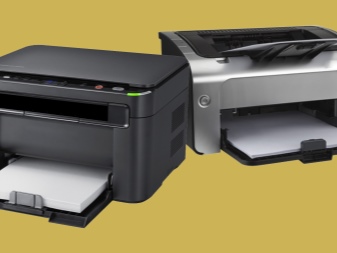
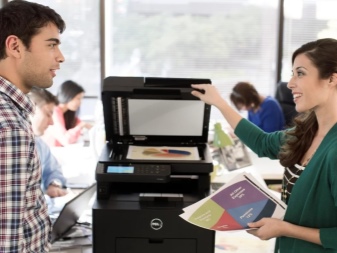
What is it and what is it for?
Printer - a device designed for printing documents belongs to the category of peripheral devices connected to a PC... Depending on the purpose, such a technique can produce low-circulation creation of information files in the form of text or graphic images on paper or film. Resolution for photo printing depends on the type of printer and its size. Compared to MFPs, such devices have fewer functions: there is no scanner or copier, but they are affordable and remain popular, despite the emergence of more multitasking equipment.
Printers are also different from professional printing equipment. First of all, the speed and volume of printing. Depending on the performance, it is customary to distinguish between home, universal and office models. Modern printers can work not only when connected to a PC via a wired connection.
The presence of Bluetooth and Wi-Fi modules, slots for USB flash drives and microSD, memory cards allows you to significantly expand the list of available methods of obtaining data.
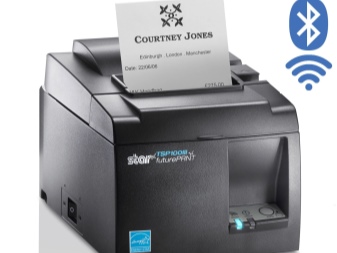
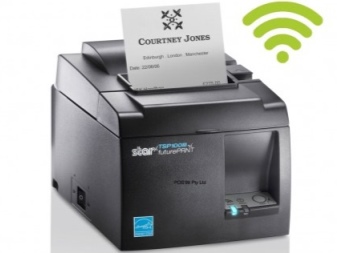
History of creation
For the first time, the idea of creating printing devices for documents, by analogy with printing presses, originated back in 1835, but did not receive development due to the imperfection of the technical capabilities of that time. Nearly 120 years later, in 1953, the dreams of portable printing presses came true. With the advent of laptop computers, engineers had to find ways to combine traditional mechanical printing with modern electronics. This is how the petal printers, or Uniprinters, were developed by Remington-Rand.
The printing speed in these machines reached record levels. The first samples could print up to 78,000 characters within 1 minute. Later this quality was improved, almost completely depriving ordinary typists of work. Printing became faster - prints literally flew out of the tray, they had to be caught and collected.
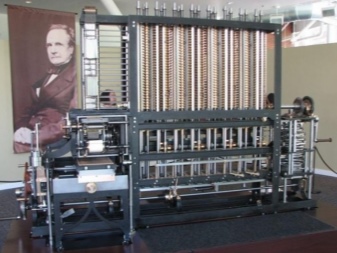
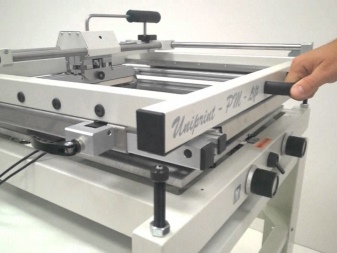
Dot matrix printers have allowed printing devices to be made smaller. The head for the formation of the print was significantly inferior to the petals in size, and there was no need to exert effort to change the type of the font - this significantly influenced the popularity of the devices. The invention was officially registered by Seiko Epson, but soon enough the Centronics Data Computer brand took the lead in the market.
Thermal printers were already invented in 1981, they were monochrome. The Canon BJ-80 inkjet went on commercial sale 4 years later.
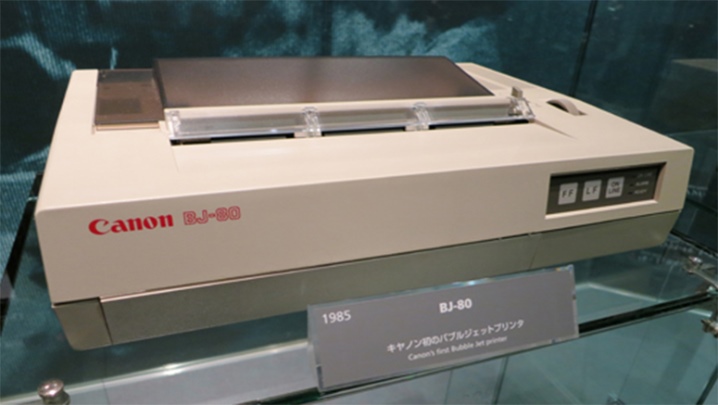
Thermal color printers went into series production in 1988. The first such model supported the A2 print format and 400 dpi resolution.
Laser printing technology was ahead of its time, its prototype - electrography or xerography - was developed in 1938. The design of the equipment at that time already had an imaging drum, corotron or charge shaft. The first developments of modern versions were carried out by Xerox in 1971. They were launched into production for commercial enterprises by the end of the 70s of the last century, and mass-use models appeared only in 1984. Hewlett-Packard pioneered this with the legendary HP LaserJet.
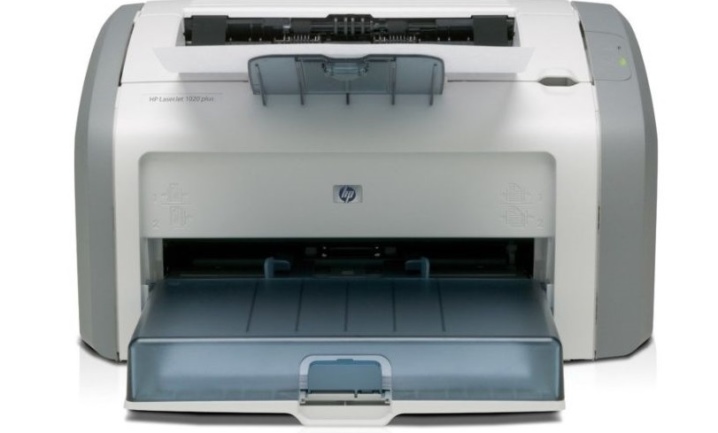
Principle of operation
How the printer works is worth talking in more detail. Depending on the type of device, an image is applied to the surface of a sheet of paper in different ways. But the principle of their action is always the same: building a combination of points in a certain sequence. The smaller the size of each element, the more accurate and detailed the result will be.
Most modern printers use dry dye - toner, inkjet models spray pigment, sublimation printers use a method of evaporating ink from films.
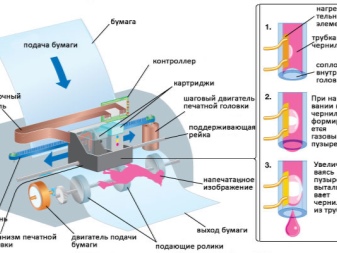
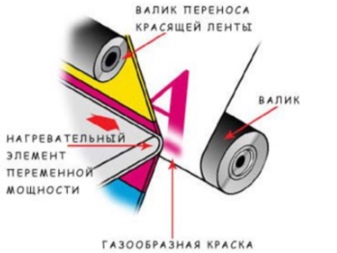
According to the principle of action, the differences lie in a number of features.
- In laser printers the imaging is carried out using a laser directly on a rotating drum. Then dry toner is sprayed onto its surface, leaving an impression on the paper. The final stage is “baking” under the thermal effect of a heated roller.
- In inkjet devices there is a movable head that does not touch the sheet of paper. Moving, it sprays ink through nozzles, their number varies from 12 to 256.
- In a dot matrix printer the movable head moves inside the carriage along the paper sheet. Electrically impulses are applied to it. The head itself contains 9-24 needles in contact with the electromagnet. When current is applied, the needle is displaced, in contact with the ink ribbon.
These are the main points you need to know about the principles of operation of different types of printers.
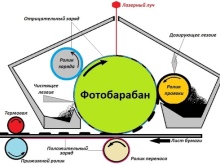
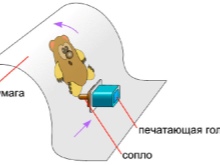
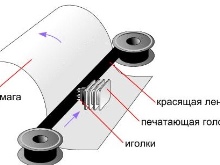
Species overview
Printers are different: laser or matrix, inkjet and sublimation, large format or portable dimensions. Their basic classification takes into account the printing method used in the device, but there are other basic characteristics. Among them is the purpose of the equipment: for printing on circles, on disks, on paper sheets, different devices are used to create photographs.
In addition, it is important: prints a model with liquid paints or uses a more economical toner in the form of powder, whether there are functions for color transfer of the image.
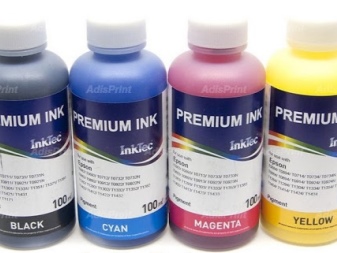
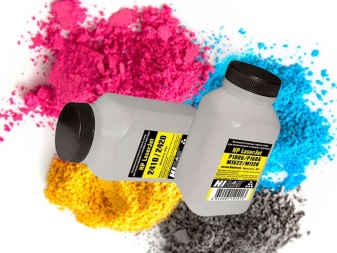
Matrix
A rarely used option today. This type of printers is closest to classic typewriters, it has a movable carriage and a matrix in the form of a head with a set of needles. The transfer of the print is made line by line by pressing the tips on the ink ribbon. There are from 9 to 24 needles in the head - the more there are, the clearer the impression is. Today, dot matrix printing has survived in cash registers.
The advantages of this method include unpretentiousness in work... Finished prints are not afraid of mechanical abrasion and contact with moisture. But dot matrix printers are slow, noisy and do not provide high image detail.

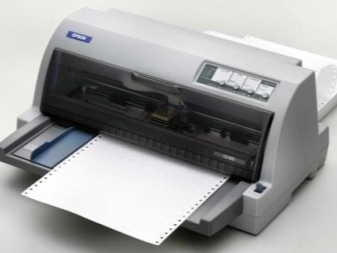
Laser
In fact, for almost a century since the invention of xerography, this technology has undergone only minor changes. Laser printing on the printer is suitable for documents, graphs and charts, photographs. It uses powder dye, which is baked when heated, forming a strong bond with the paper. Prints are not afraid of fading, moisture friction, and the laser printers themselves are insensitive to paper quality.
The devices themselves are more expensive, but easier to maintain, and have an impressive working life.
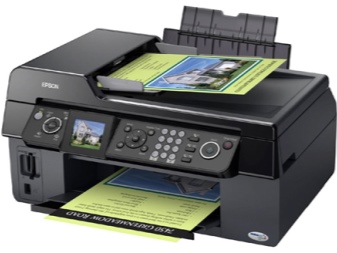
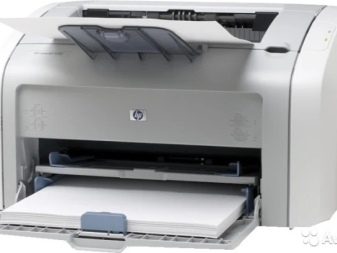
Inkjet
Printing equipment of this type is used in the industrial creation of advertising products, and at home or in the office. Inkjet printers have high printing speed, forming an image based on many dots. A matrix with nozzles acts as a printing element, a supply of dyes - containers are built into a cartridge or mounted in a housing. Due to the high consumption of dye in inkjet printers, more economical options with CISS - a continuous ink supply system - have come into use. On most common models, it can be installed as an external unit.
Inkjet printers are very diverse in functionality and compatibility with different types of dyes. Among them there are options:
- water-based, the most affordable;
- pigment for photo printing;
- solvent (printing) for advertising products;
- oil-based for industrial marking;
- alcohol with an accelerated drying cycle;
- thermal transfer for transferring prints on fabric.
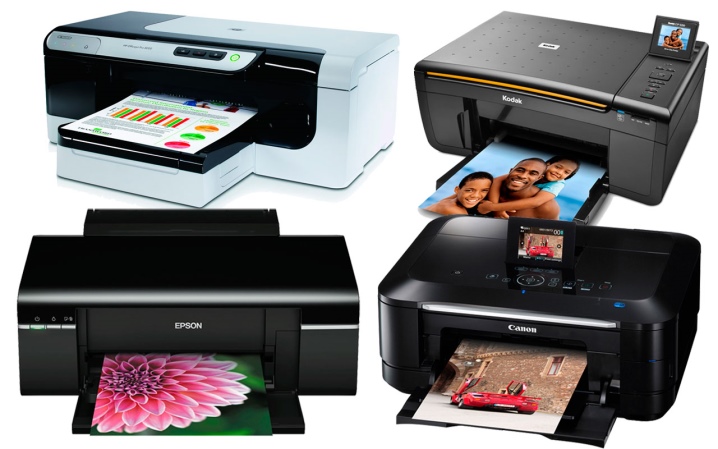
Home and office models, advertising - interior for creating decor and large-format. To print prints from photographs, devices with CISS are used. Special manicure devices are produced for nail service salons, and souvenir devices for creating decorative prints on discs and other items.
Inkjet models are characterized by quiet, almost silent operation, good performance and excellent color reproduction. Their main disadvantage is high ink consumption.
In addition, the technique requires the purchase of the right paper. With a long idle time, the paints dry out.
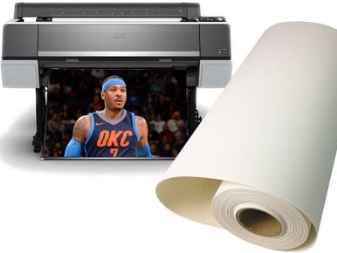
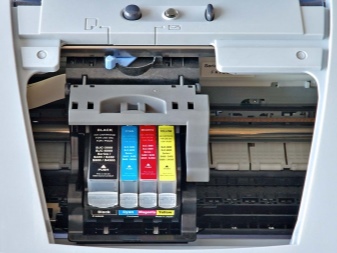
LED
The principle of operation of such printers is similar to laser ones, but a beam of LED beams is used here. Devices are reliable and durable, providing print speeds up to 40 sheets per minute... The print quality is excellent, but printers cost almost twice as much as laser ones with similar functionality.
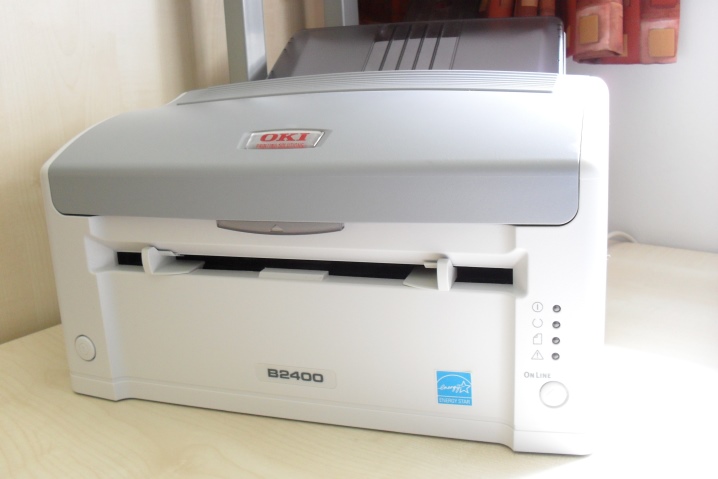
Multifunctional devices, or MFPs, combine the capabilities of several types of equipment in their case. They are well suited for use in a home office format, they can print pictures, documents, scan and copy prints.
Models of this type are compact, take up little space, but in performance they are inferior to specialized types of equipment.
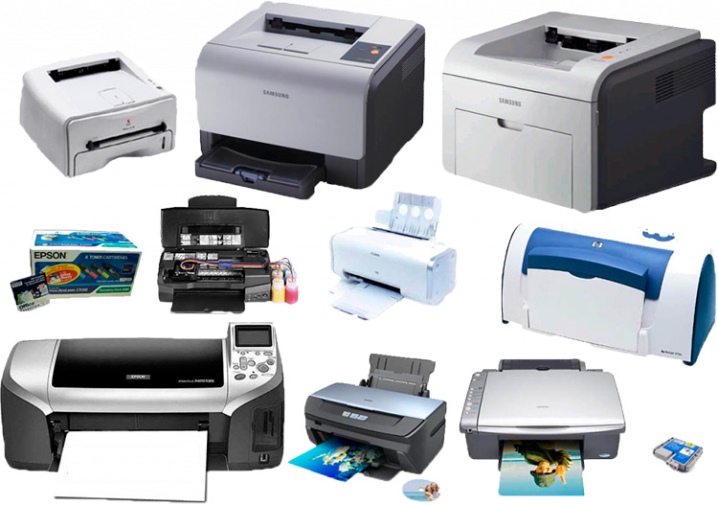
Rarely used types
Among the devices for printing, there are those that are used relatively rarely. it sublimation models used in printing. Drum printers, already out of use, but with unsurpassed typing speed. Petal models are the prototype of dot matrix printers, but with a special character placement system.
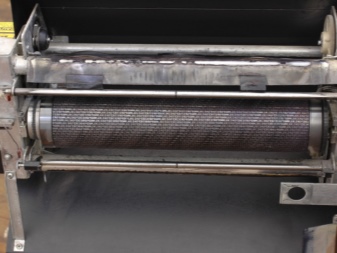

Popular models
Today, even with a small budget, you can buy a printer of a well-known brand - every major brand has cheap models. Among the options worth buying, there are a number of models.
- Canon PIXMA G1411. A budget inkjet printer with good print quality and speed. In this series, the brand, in general, has no equal.

- Samsung Xpress M2020W. Affordable black and white laser printer with built-in wireless module. Convenient office solution.

- HP Color Laser Jet Pro M254dw. A color printer model with an excellent combination of manageability, performance and color quality.
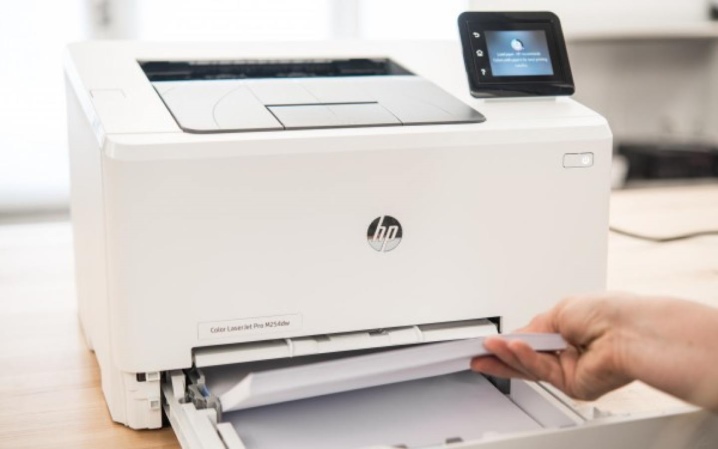
- Canon PIXMA iX6840. The best color printer with CISS and the ability to create prints in A3 format.

- HP Sprocket Photo Printer. Optimal model for photo printing. Mobile, convenient, provides excellent picture resolution.
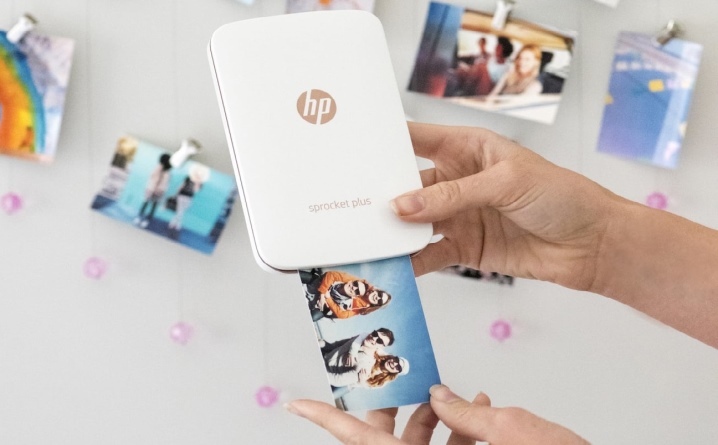
- Xerox Phaser 6020. Simple LED printer with decent price, suitable for home, mini office.
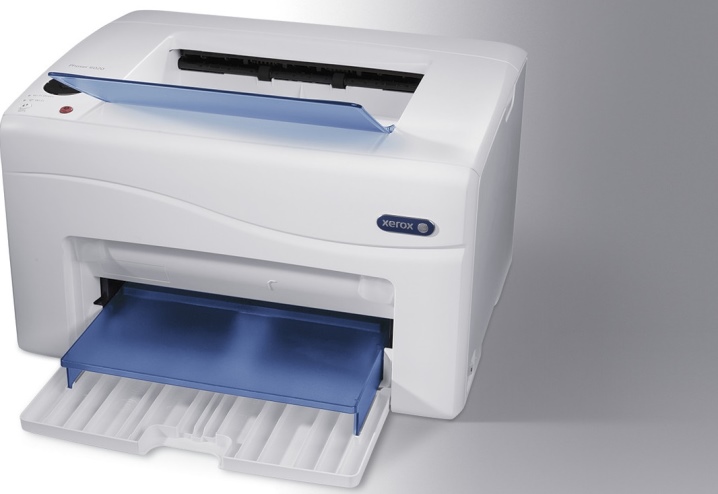
This six will definitely not let its owners down, it will successfully cope with any tasks, and will allow you to get the desired result in excellent quality.
Expendable materials
When buying a printer, its owner has to take into account the need to purchase consumables. These can be both maintenance items - grease, paper, and components required for printing.
Toner, ink and containers for them, cartridges are designed for a specific service life specified by the manufacturer. In addition, from time to time in laser models, you have to change the developer - ferromagnetic balls that are responsible in the cartridge for moving the toner... It is better to do this not on your own, but in a service center.

How to choose?
When choosing a printer, it is very important from the very beginning to pay attention to a number of parameters that directly affect the usability of the device, its functionality and performance. The most significant parameters can be identified.
- Device type... MFPs significantly expand the capabilities of office equipment, but if you do not need scanning, sending and receiving documents by fax, copying, it is pointless to overpay for multifunctionality.
- Load intensity... The desired volume of the cartridge, the cost of printing and its speed depend on it. The more impressions have to be done per day, week, month, the higher the load on the equipment will be. Office models have a larger resource, they can withstand such overloads more easily. For home models, the estimated volumes rarely exceed 2,000 impressions per month.
- Number of colors... If the task is solely to create monochrome images, it is worth considering black and white printers from the very beginning. In color devices, from 4 to 12 cartridges or containers with dye are installed - the more there are, the wider the palette of shades.
- Permission... How high the detail will be depends on it. Indicated as dpi - dots per inch. For photographs, acceptable print quality is obtained at a resolution of 2400 dpi, for working with tables and graphs you need from 1200 dpi, only for text documents 600 dpi.
- Impression speed. In professional models, it reaches 50 pages per minute, in home - from 10 to 5 (b / w and color images, respectively). Inkjet printers are the slowest, laser is twice as fast.
- Print format. The paper sizes supported by the device are directly dependent on its functionality. For example, photo printers most often support printing in A6 format. The maximum size for standard printers is A3.
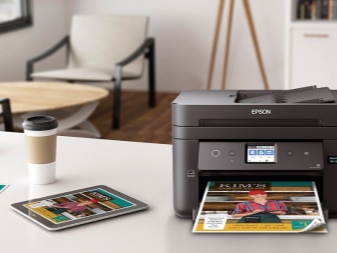
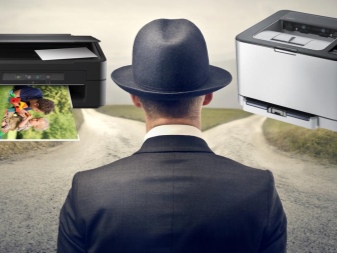
In addition, factors such as the presence and type of interfaces, wireless modules, and the type of supported operating systems may be of importance.
User manual
After purchasing a printer - new or used - it must be connected to a PC and configured correctly. Connecting to a computer to which it was not previously connected requires a different approach. In the Windows "Start" menu, select the "Devices and Printers" tab, find the connected printer. After clicking on the context menu, you can set the default to print from this machine. Here you can also find equipment calibration, print a test page, and other necessary commands.
If you need to view the history of documents, you will have to use the "Open Queue" tab. But it only works for current submissions. The previous information, even if employees decided to print coloring pages on a working printer, can only be obtained by logging. This function is enabled in the "Properties" menu item. Here you can clear the memory by unchecking the checkbox.
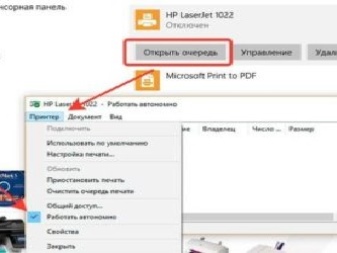
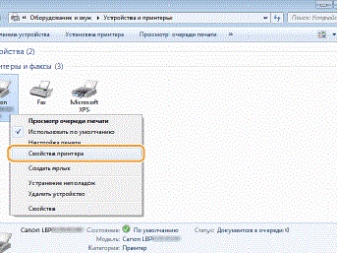
Sometimes the printer just needs to be rebooted.
To do this, just enter the control menu and select the "Restart" item. Resetting will reset the data, which is important for a new connection.
Calibration is needed in cases where the device does not work properly, there are printing defects. The latest drivers are downloaded to complete it. The user then goes to the Maintenance menu where the printhead alignment can be started.


Possible malfunctions
Diagnosing printer breakdowns always starts with checking all consumables and the presence of power. If everything is in order with these indicators, you should pay attention to the information messages that the technician issues.For example, the inscription "Printing is impossible due to incorrect settings of the current printer" most often appears due to the use of outdated software - the Microsoft Word editor. In other programs, the error does not occur. The probable cause is the presence of malicious code in the program.
If the printer is not displayed by the PC manager in the corresponding Windows window, the reasons may also vary. For example, disabling the print service leads to this result. The problem may be in the breakage of cables or plugs.
Sometimes the solution is only to install the driver from the printer manufacturer's website.
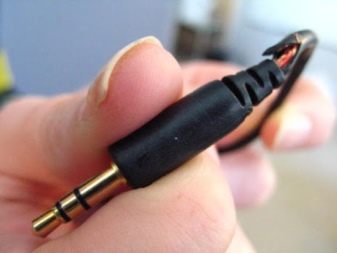
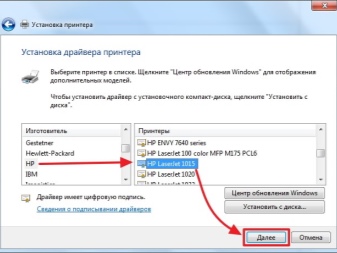
When the device writes "No paper" with a full tray, it is worth checking the characteristics of the sheets, their compliance with the manufacturer's requirements. In addition, such an error may be due to dirty rollers, mechanical blockage in the system, or software failure.
If the printer prints the same thing many times, the cause is most likely a settings failure. You need to reset the memory or cancel the print queue from the start menu.
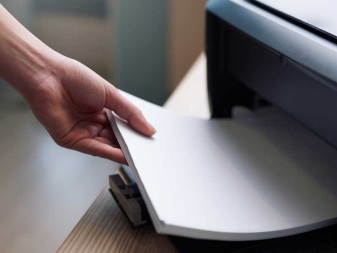
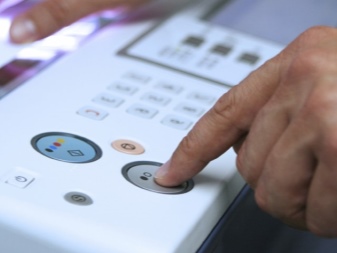
See the Canon PIXMA G1411 Printer Review.













Tell me, who is the author of this article? Very interesting and exciting!
The comment was sent successfully.